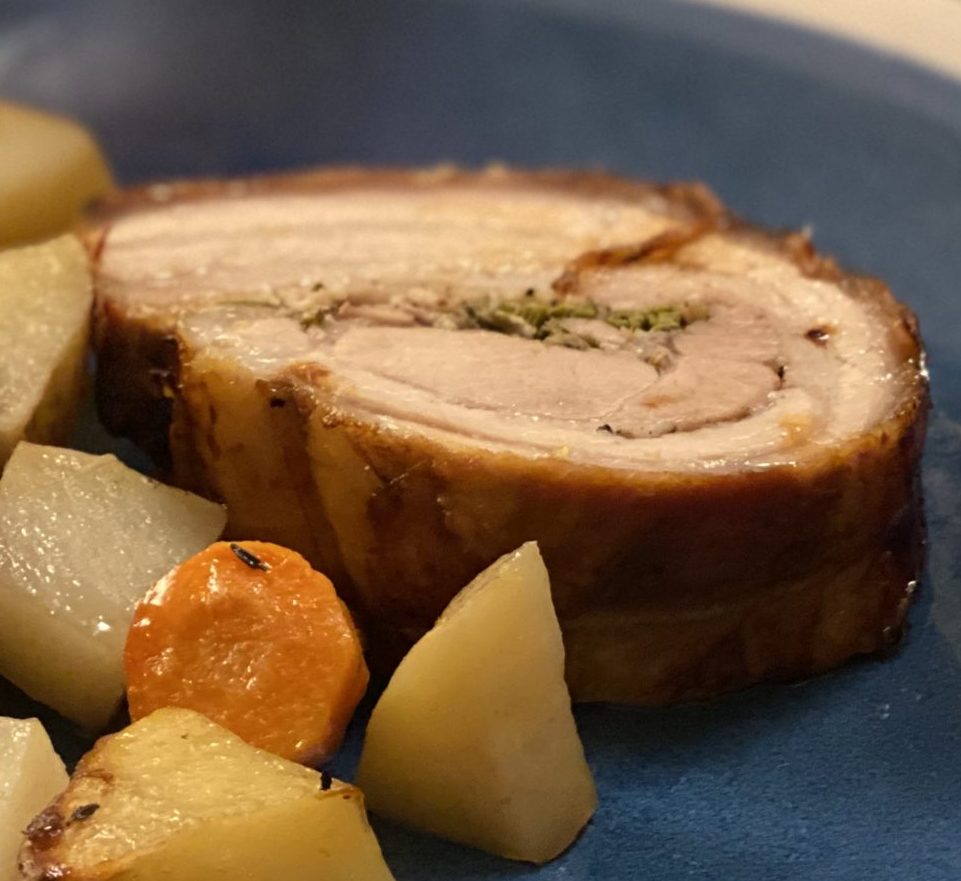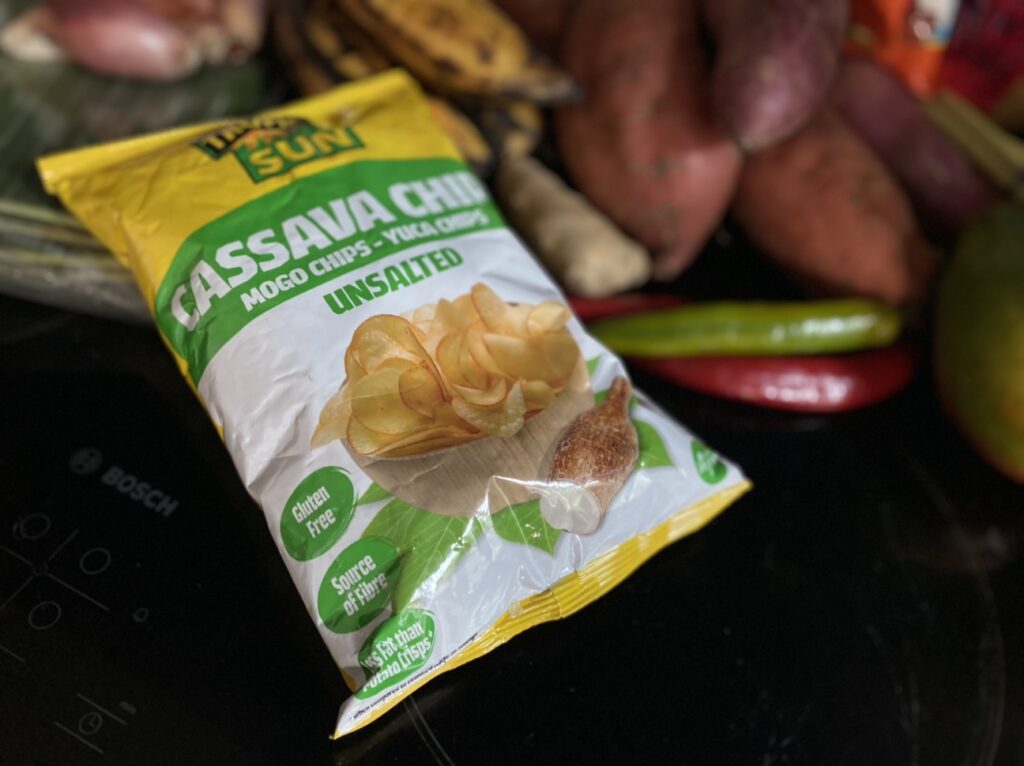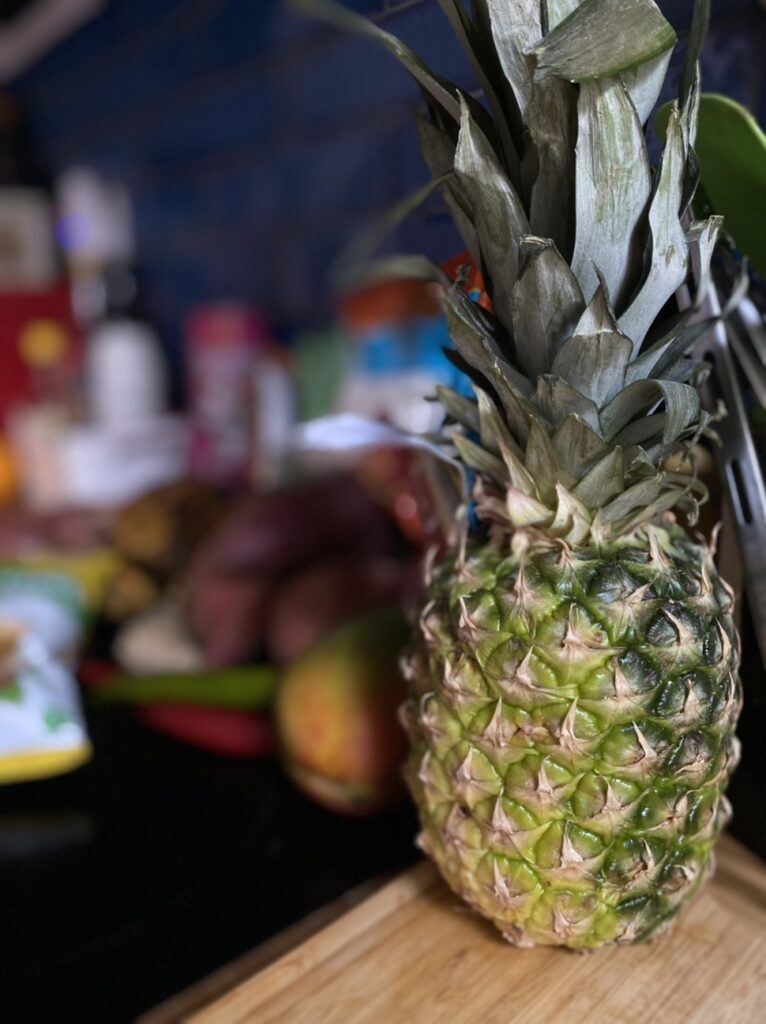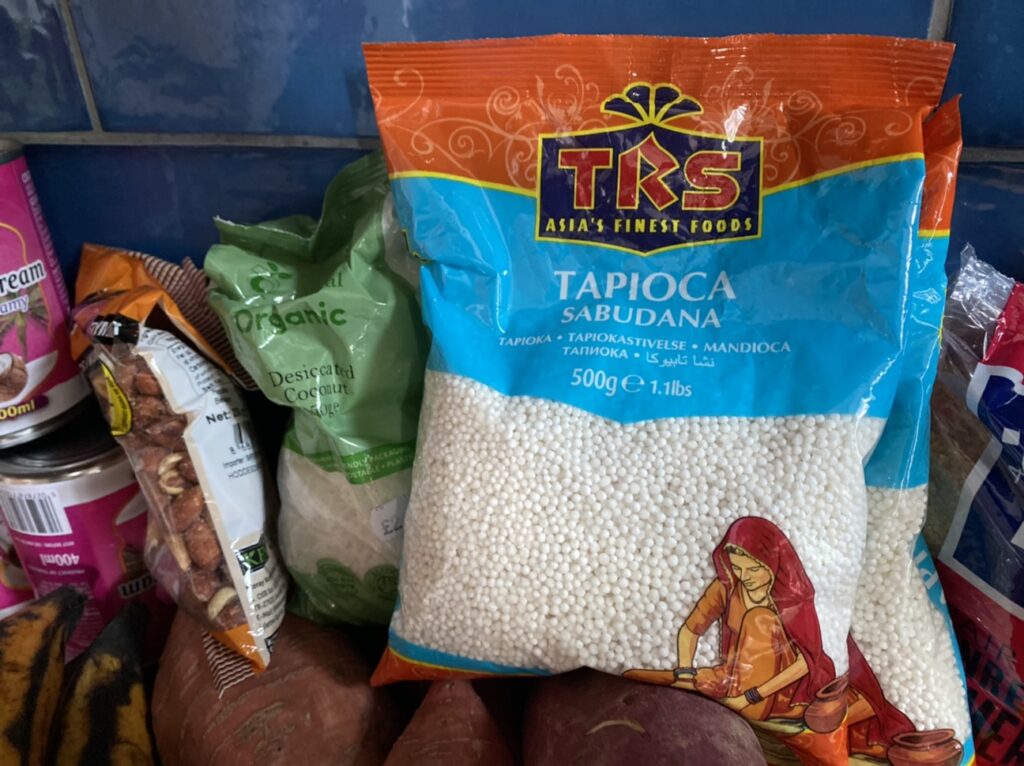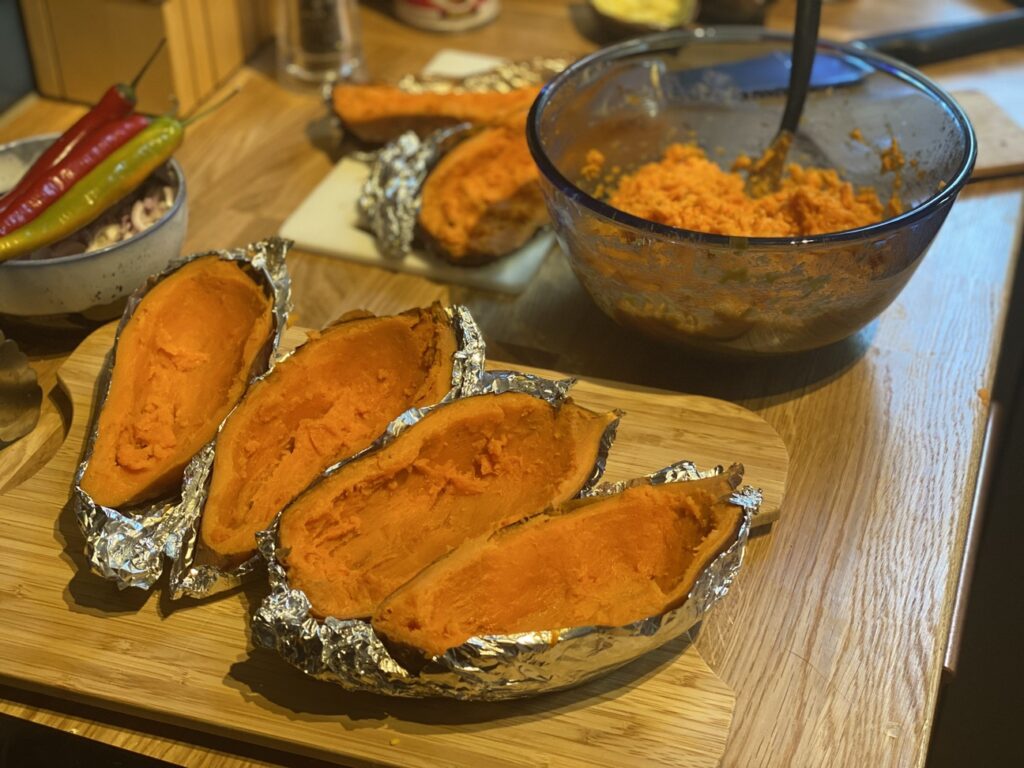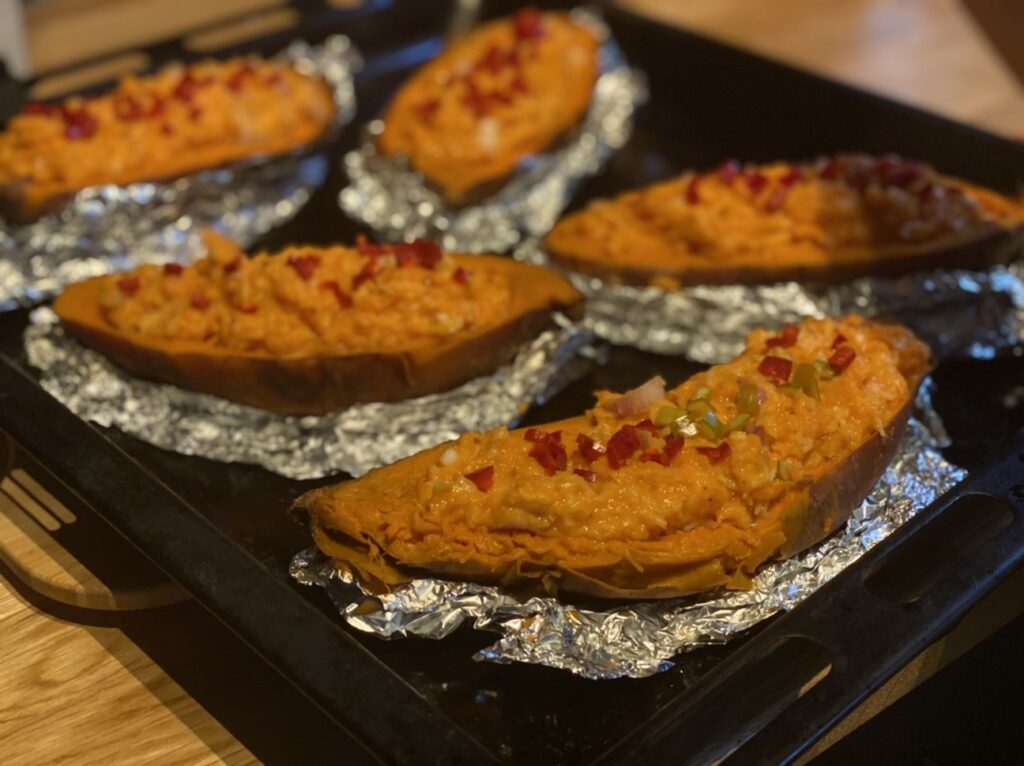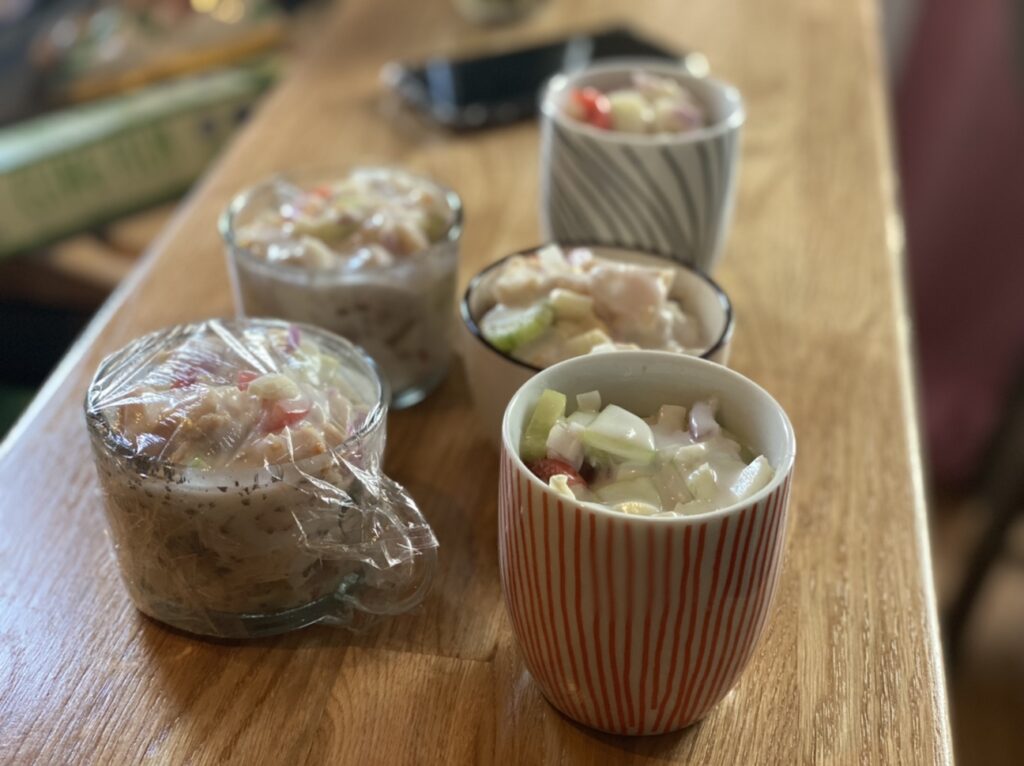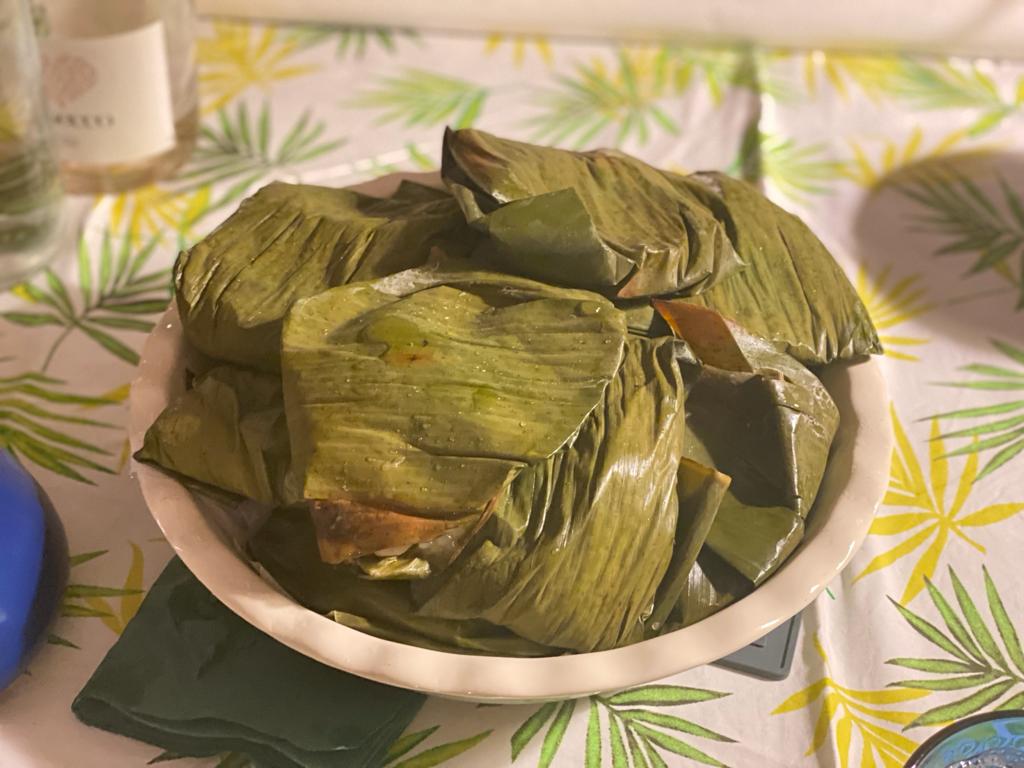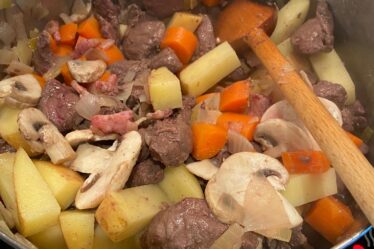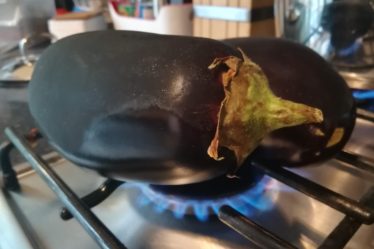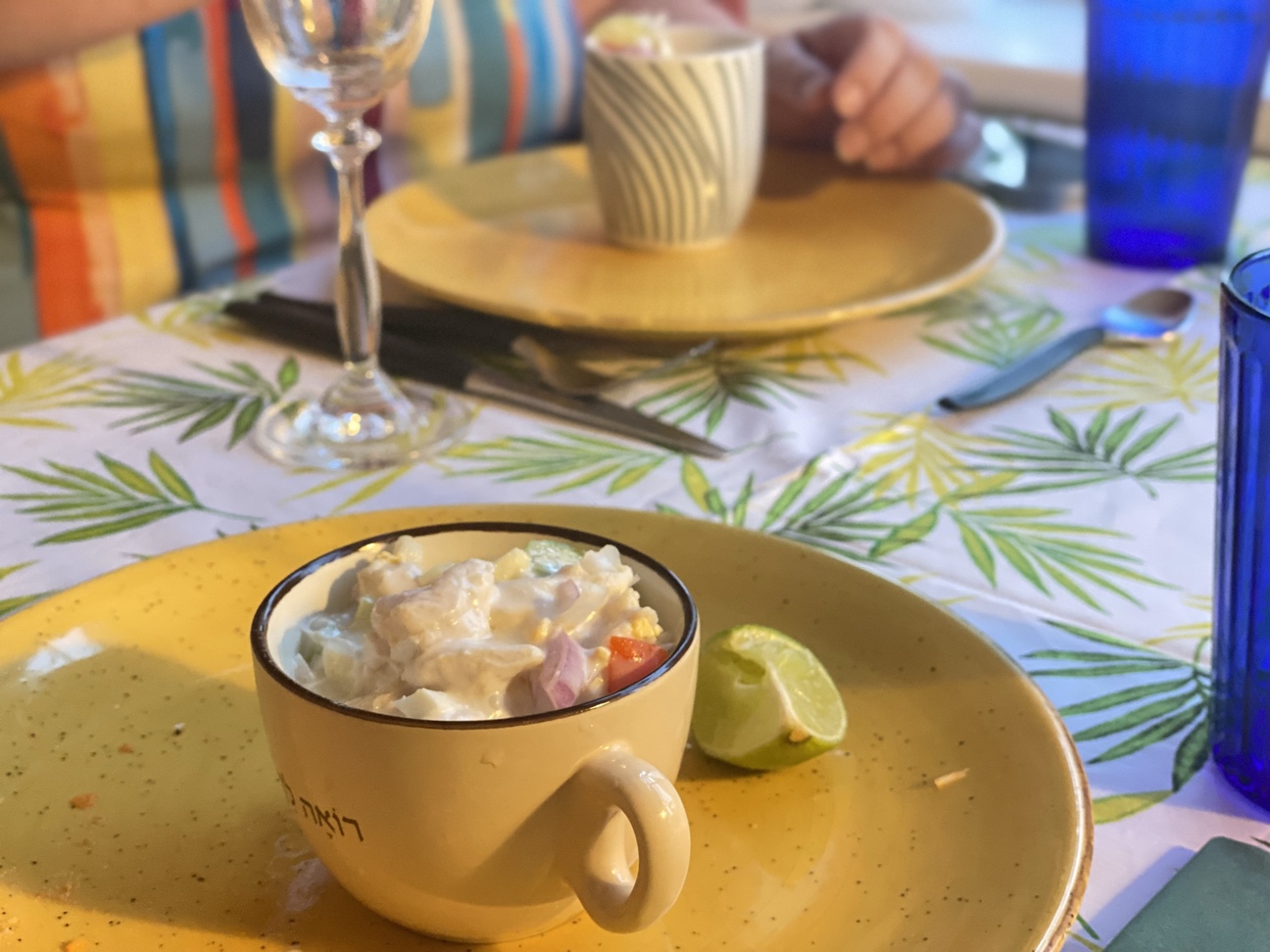
Monday, 19th of July 2021
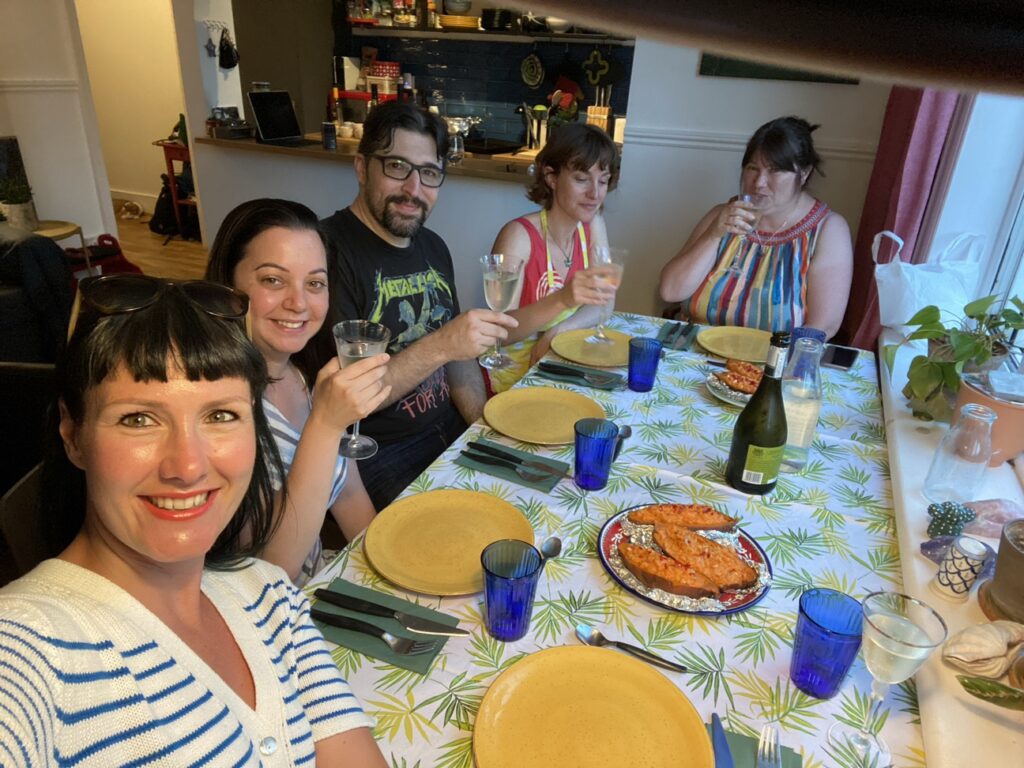
By now, 16 letters and dinners in, preparing for a A-Z Dinner has assumed its own life cycle:
First – when assigned a letter – choosing which cuisine to take on: finding all the countries which start with that letter, then considering which sounds interesting, not too similar to one we’ve done recently, and are the ingredients available… are they suitable for the season (light & summery or comforting & wintery)?
Once that’s settled, some research is a good idea: there’s lots of info online, and if you happen to know someone from the area – even better! What are the local staple foods, for everyday or for celebrations? Do they sound yummy, and how difficult would they be to recreate?
Once I’ve chosen recipes for starters, main, and dessert, I compile a shopping list of ingredients. For me that’s when I stop being panicky and nervous and feel I’m getting a grip on the situation.
Some things can be found in any large supermarket, but some more unique, less common ingredients have to be purchased online or in specialty shops (luckily my neighbourhood has a decent variety of those).
After the ingredients have all been sourced, it’s time to plan the actual prep and cooking.
For me, cooking under pressure of time ruins the fun, so I like to prep or even cook as much as possible a day/two before, especially if the dinner is on a workday.
So I see what doesn’t suffer, or even improves by being made in advance, and give myself a day or two to cook (which is also great in case something goes wrong, which may certainly happen, and has happened, with unfamiliar recipes).
On the evening itself I like to do only last minute cooking and plating – so that I can enjoy my friends’ company, and not be a steaming, greasy mess when they arrive!
So, P: I had 9 countries to choose from, but quickly shortlisted Portugal, Papua New Guinea, and Paraguay. Portugal was set aside as too much within my comfort zone – I wanted a bit of a challenge. So Papua New Guinea it was.
PNG is a west-Pacific island off the shores of Australia, and for a relatively small country, boasts immense cultural and biological diversity. I got a bit lost among all the many menus and recipes, but luckily for me Lianne has a colleague who hails from that country, and was happy to recommend some old favourites.
So, what did we have to eat?
I made both a hot and a cold starter: Coconut Kau-kau: sweet-potato boats with butter, desiccated coconut, and ginger (I used this excellent recipe), and Kokoda fish: white-fish ceviche with lime and coconut milk (recipe).
For the main course I made a Mumu: a slow-cooked pork stew, with pineapple and local root veg (this recipe was also from the same super helpful blog), and for dessert – Saksak: sago pearls and banana dumplings.
Remember I said that recipes don’t work the first time? Well. Nothing was a disaster, but neither my main nor my dessert worked as expected or were as good as I’d hoped.
The Mumu recipe asked for 1.5 hours cooking on a low heat. It didn’t seem quite enough to me, but I followed the recipe. What I didn’t take into account was how cold the pot-full of pork and veg would be after a night and a day in the fridge… (As the dinner was on a Monday, I’d cut and assembled all the ingredients on Sunday afternoon) So when I checked on it while folks were finishing their starters, it was still completely raw!!
Luckily, everybody was rather full after those two somewhat hefty starters, and didn’t mind a pause.
However, it soon became clear that the Mumu would take hours to cook in the deep pot, so Bernhard and I transferred the contents to a large souttage and finished the cooking on the hob.
It was… nice. Not more. Filling, no doubt, but rather bland in colour and flavour. If I make it again (and I think I will, as I do love the combination of pork, root veg, and fruit), I’ll add much more spices and seasoning to it – ginger, shallot onions and garlic, and allspice, it reckon.

Making the dessert was a lot of fun, and not a little reminiscent of making mud pies as a kid 🙂 it involved squishing together diced bananas and wet sago pearls by hand (which when hydrated looked suspiciously like Styrofoam pellets) and then plonking great globs of this mush into banana-leaf pockets, to form dumplings (which then go in the steamer for 20 minutes). This playful theatre continued when we each unwrapped the dumplings at the table, and doused them with warm, sweet coconut cream. Yum (the texture is a bit sticky and chewy, but that’s part of this dish’s charm). By the way – I strongly recommend infusing the coconut cream with lemongrass or a vanilla pod – it will give it a fantastic aroma. And don’t leave them overnight in the fridge – it made them a bit too stodgy.
Even Gezzer, the cat, enjoyed the dumplings! (I suspect Lianne was all too happy to fork off her share to him… oh well).
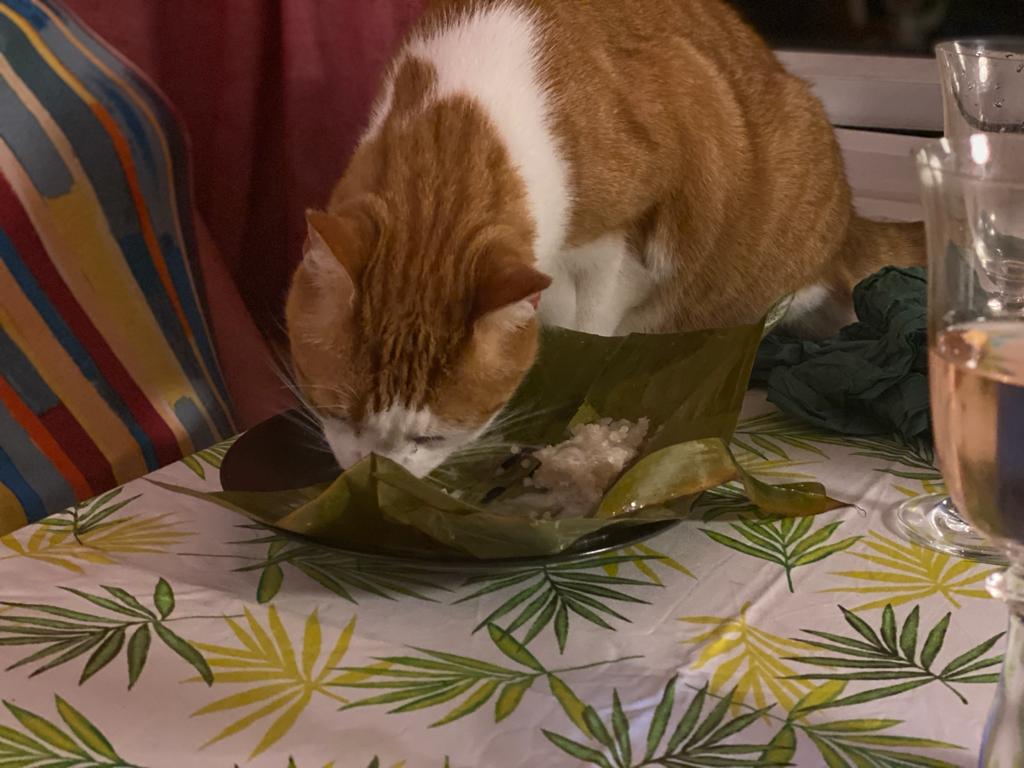
In conclusion, I think the best part of this meal was the starters – the zesty-sharp and fresh Kokoda ceviche, and the warm, spicy-sweet Kau-kau boats were both delicious. I’ll definitely make those again.
Next Dinner is Dorottya’s, who got Q – and is about to rock all our boats….
